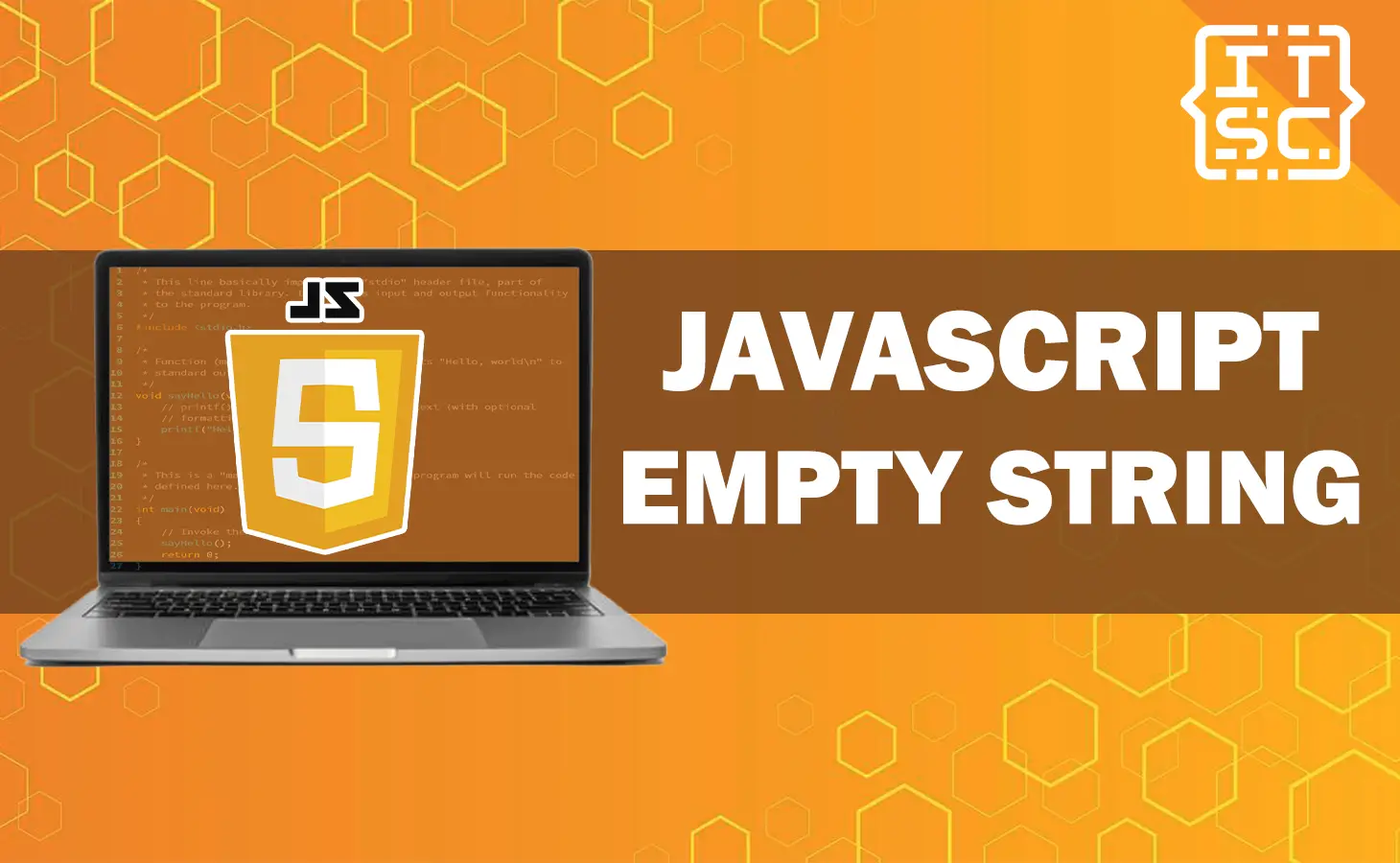In this article, we will explore the different ways and recommend methods associated with the empty string in JavaScript.
By the conclusion, you will gain a wide comprehension of effectively managing empty strings in your JavaScript code.
What is an Empty String?
An empty string is a sequence of characters represented by quotation marks with no characters between them. It is denoted as ” “. Essentially, it signifies a string with zero length.
Additionally, empty strings are commonly used in JavaScript applications to represent missing or undefined values, as well as placeholders for user input.
Initializing an Empty String
To initialize an empty string in JavaScript, you can simply assign an empty pair of quotation marks to a variable:
let emptyString = "";This creates a variable named emptyString that holds an empty string value.
What is the distinction between null and empty?
In JavaScript, null means there is no assigned value. It represents the intentional absence of any meaningful value.
let sampleVar = null;
console.log(sampleVar); // Output: null
Meanwhile, empty means there is no content or elements. It refers to the absence of characters in a string or the absence of elements in an array.
Here is an example:
let sampleString = '';
let sampleArray = [];
console.log(sampleString); // Output: ''
console.log(sampleArray); // Output: []
Now let’s check empty strings in the next section…
Checking if a String is Empty
In some scenarios, you may need to determine if a string is empty or not. JavaScript provides several methods to perform this check.
One approach is to compare the length of the string to zero:
let str = "Hello, @itsourcecode!";
if (str.length === 0) {
console.log("The string is empty.");
} else {
console.log("The string is not empty.");
}Output:
The string is not empty.Manipulating Empty Strings
JavaScript allows you to manipulate empty strings just like any other string. You can perform various operations such as concatenation, slicing, or extracting substrings.
For example:
let emptyString = "";
let newString = emptyString.concat("Hello", " ", "@itsourceode!");
console.log(newString); // Output: "Hello @itsourceode!"Output
Hello @itsourceode!Comparing Empty Strings
When comparing strings in JavaScript, an empty string is considered equal to another empty string. However, when comparing with a non-empty string, the result will be different.
Consider the following example:
let emptyString = "";
let anotherEmptyString = "";
let nonEmptyString = "@itsourcecode";
console.log(emptyString === anotherEmptyString);
console.log(emptyString === nonEmptyString); Output:
true
falseConcatenating Strings with an Empty String
Concatenating strings with an empty string is a useful technique in JavaScript. It allows you to convert other data types to strings effectively.
By concatenating with an empty string, you can ensure consistency and avoid unexpected errors.
Here’s an example:
let sampleNum = 17;
let sampleString = sampleNum + ""; // Using an empty string for conversion
console.log(sampleString); // Output: "17"Output:
17Converting Values to an Empty String
In certain cases, you might need to convert a value to an empty string explicitly. JavaScript provides a straightforward approach using the .toString() method.
Let’s see an example:
let sampleValue = 17;
let emptyString = sampleValue.toString();
console.log(emptyString); // Output: "17"Output:
17Handling Empty Strings in Conditional Statements
When working with conditional statements, it’s crucial to handle empty strings appropriately. You can use logical operators like && or || to validate and handle empty strings.
Here’s an example that checks if a string is empty before executing further code:
let sampleInput = ""; // User input
if (sampleInput) {
console.log("The user input is not empty.");
} else {
console.log("The user Input is empty.");
}Output:
The user Input is empty.Best Practices for Working with Empty Strings
To ensure clean and maintainable code, consider the following best practices when working with empty strings in JavaScript:
- Use descriptive variable names to enhance code readability.
- Validate user input to handle empty strings gracefully.
- Avoid excessive concatenation with empty strings to improve performance.
- Be consistent in your approach to converting values to empty strings.
- Comment your code to explain the purpose of empty strings and their usage.
Common Pitfalls to Avoid
While working with empty strings in JavaScript, watch out for these common pitfalls:
- Treating empty strings as falsy values by default. Remember to handle them explicitly in conditional statements.
- Assuming that an empty string is equal to null or undefined. They are distinct concepts and should be handled differently.
- Neglecting to sanitize and validate user input when dealing with empty strings from form submissions. Always ensure data integrity.
Anyway here are some of the functions you might want to learn and can help you:
Conclusion
Understanding the concept of an empty string in JavaScript is crucial for effective web development.
It allows you to represent missing or undefined values accurately and handle user input gracefully.
By following the best practices mentioned in this article, you can ensure your JavaScript code is clean, maintainable, and efficient.

